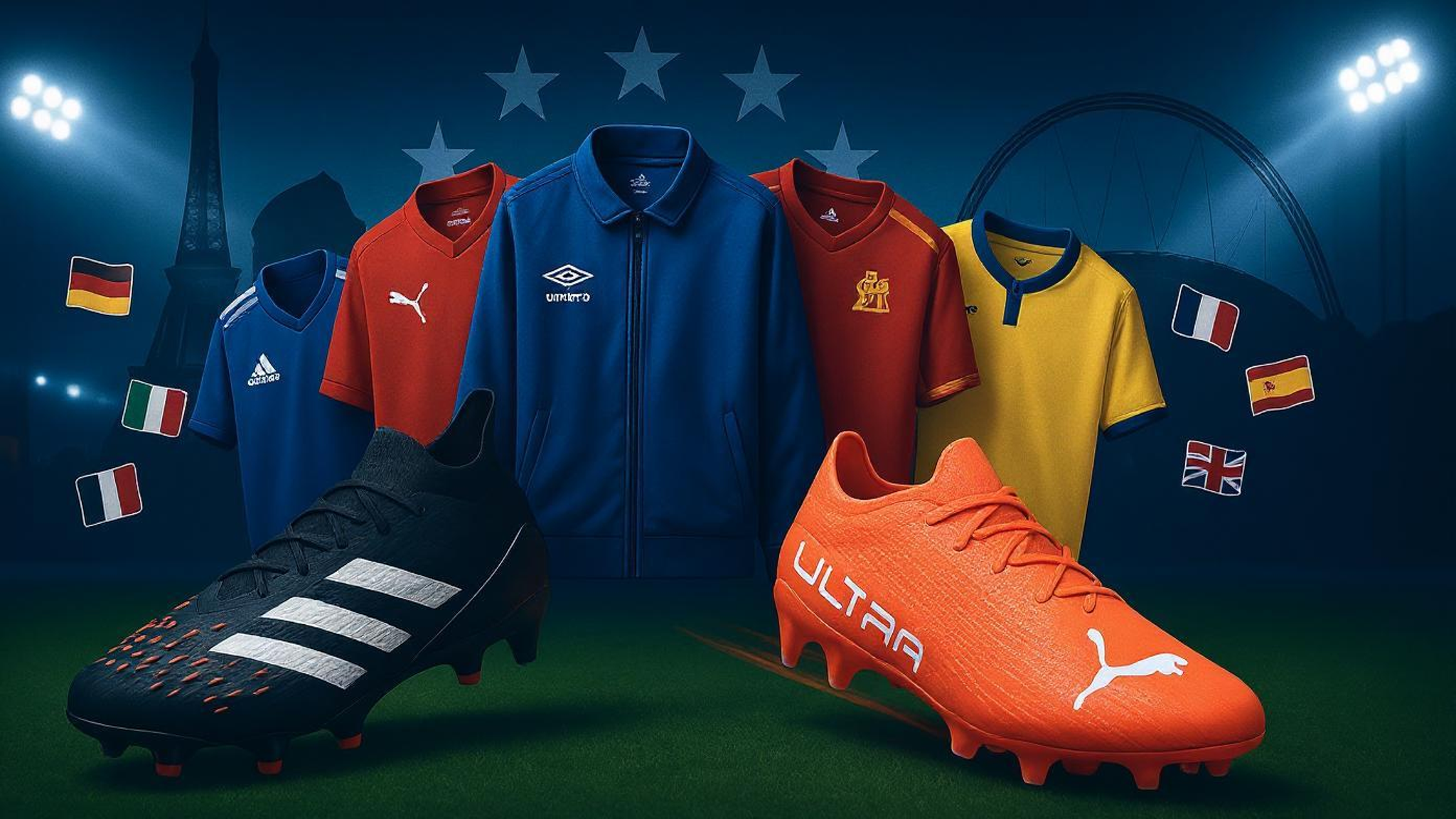Let me be real with you.
I’ve spent the last 15 years knee-deep in sportswear — designing it, sourcing it, shipping it, arguing with factories over thread tension at 2 a.m., and watching brands rise and fall based on one bad batch of sublimated jerseys. And if there’s one thing I’ve learned? The real story behind Europe’s most popular sportswear brands isn’t about logos, sponsorships, or Instagram campaigns.
It’s about who actually makes the damn clothes.
You can scroll through every “top brands” list out there — Castore, Hummel, Salomon — and yes, they look good on paper. But what no one tells you is that behind every “premium British performance brand” or “heritage Danish football label” is a network of manufacturers, fabric mills, and logistics nightmares that make or break the product before it ever hits the shelf.
And if you’re not paying attention to that side of the game? You’re already losing.
I run Fexwear, a sportswear manufacturer that’s helped over 5,000 small brands, teams, and e-commerce sellers turn ideas into real, wearable products — not just designs in a folder. We work with factories, fabric suppliers, and designers across Asia and Europe to build supply chains that don’t collapse under pressure. And yeah, we’ve made every mistake possible so you don’t have to.
So let’s cut the marketing fluff. Let’s talk about what actually matters when it comes to sportswear — especially if you’re building something real, not just buying a jersey because it looks cool on a footballer.
What You Wear Isn’t Just Style — It’s Performance
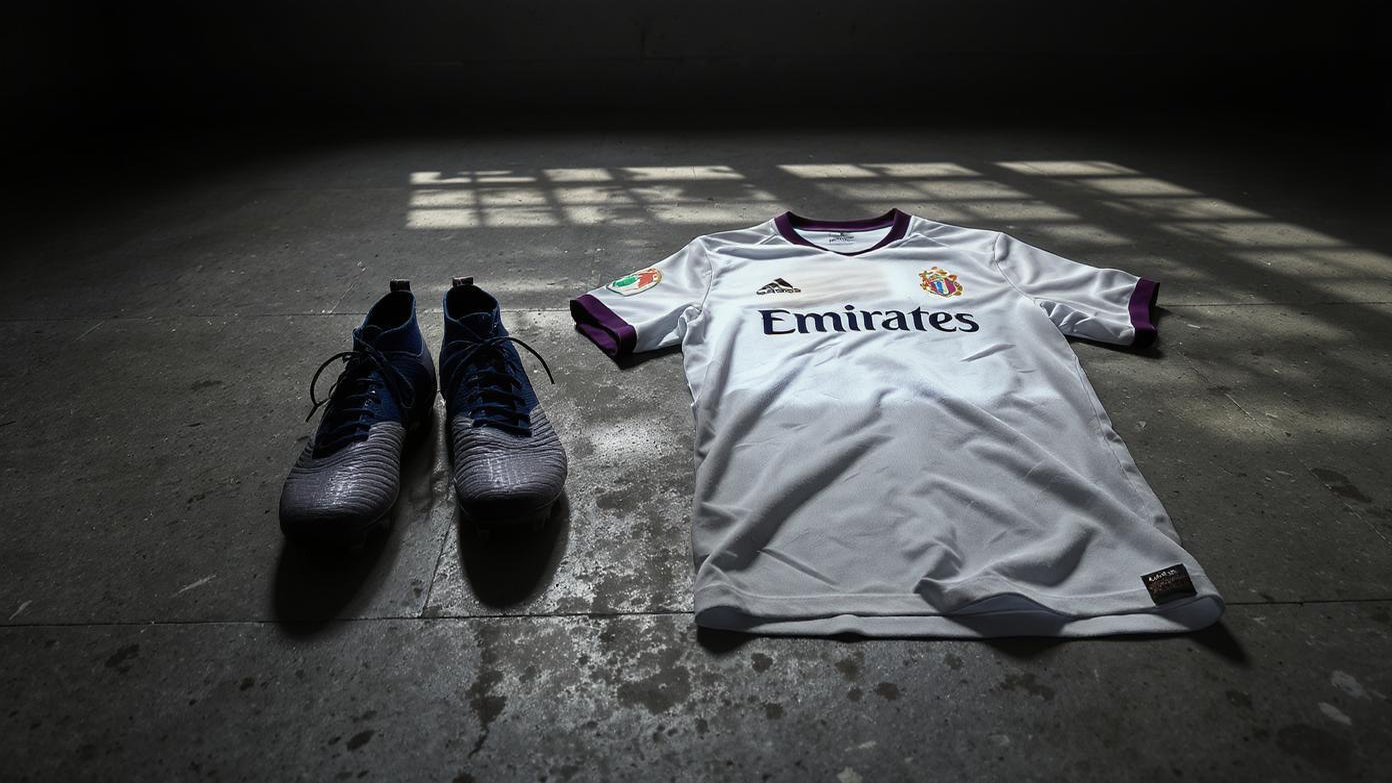
Look, I get it. You’re not here to hear a lecture on textile engineering.
But here’s the truth: the wrong fabric choice can ruin a team’s season. Not metaphorically. Literally.
I had a client in Norway — a semi-pro handball team — order 80 custom jerseys from a cheap supplier. Looked great online. Nice sublimation, bold colors. They wore them in their first match. By halftime, half the squad was drenched. Not from sweat — from rain. The fabric wasn’t breathable. It soaked up moisture like a sponge and didn’t release it. One guy got hypothermia. No joke.
And that’s not rare.
Too many people treat sportswear like fashion. They pick based on color, logo size, or whether it’s “trending.” But if you’ve ever tried to sprint in a polyester-cotton blend that traps heat, or run a marathon in a shirt that chafes after mile five, you know: what you wear changes how you perform.
That’s why the conversation should start with function, not branding.
And if you’re sourcing for a team, a brand, or even just your own fitness line, you need to understand what’s under the surface — literally.
Check out our fabric recommendations for sportswear guide. It’s not flashy. It’s not influencer-approved. But it’s the kind of thing that keeps athletes dry, comfortable, and focused — not Googling “why does my jersey smell after one wash?”
The “Popular” Sportswear Brands in Europe — And What They Don’t Tell You
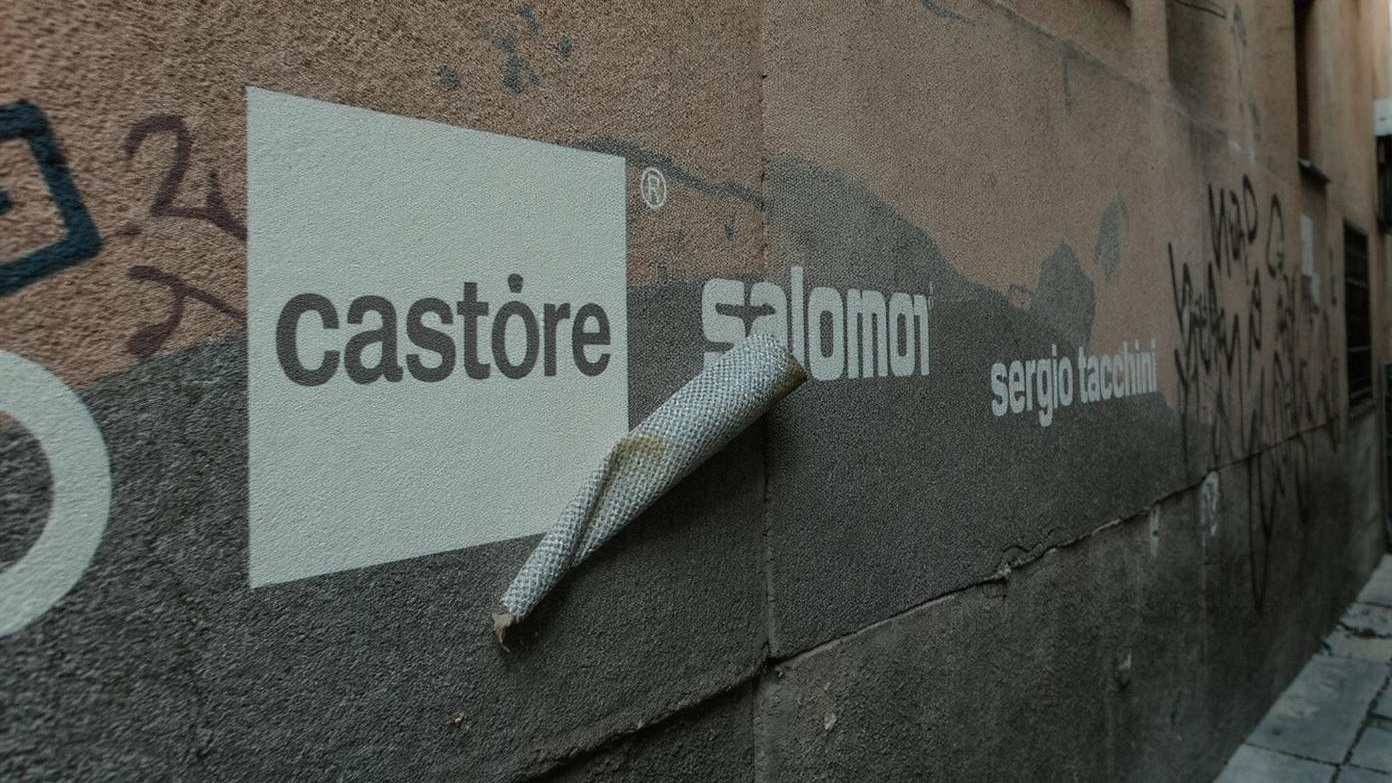
Let’s talk about the big names.
You’ve seen them. You’ve bought from them. Maybe you’re even trying to compete with them.
But here’s what the glossy brochures won’t tell you: most of these brands don’t make their own clothes.
They design. They market. They sign athletes. But the actual manufacturing? That’s outsourced. Often to the same factories that small brands like yours could be working with — if you knew where to look.
Castore: Premium Brand, Premium Price — But Who’s Making It?

Castore’s got the McLaren F1 deal. Andy Murray’s face on their ads. Their stuff looks sharp. And yeah, it performs well — when it works.
But I’ve talked to retailers who’ve waited 14 weeks for a simple re-order. Why? Because they’re relying on third-party manufacturers with no backup capacity. One factory goes down, the whole supply chain freezes.
And the price? Insane. A basic training top runs $120. Is it better than a $40 version from a reliable manufacturer? Not always. Sometimes it’s just branded better.
Salomon: Great for Trails, Not So Great for Customer Service
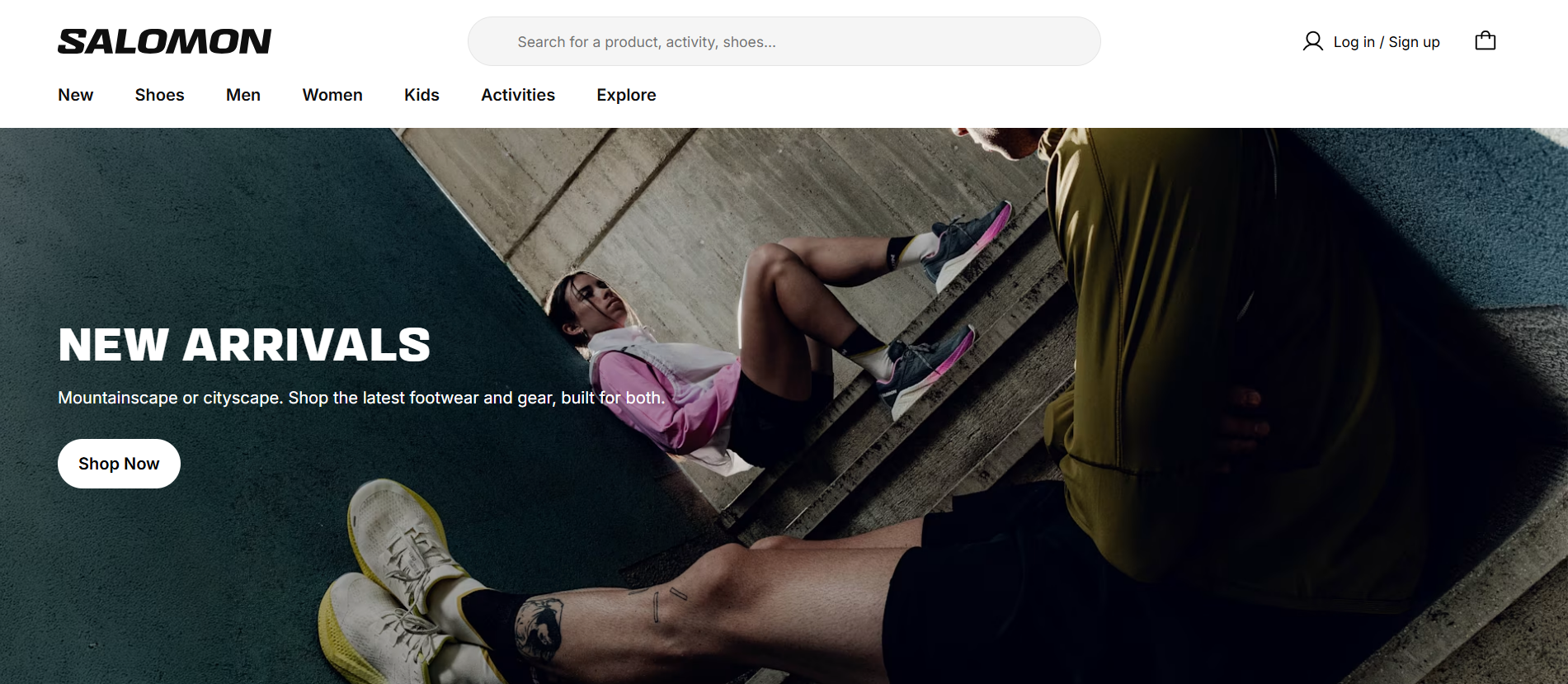
Salomon makes some of the best trail-running gear on the market. No argument. Their fabrics? Top-tier. Their fit? On point.
But try getting a response when a batch arrives with mismatched zippers.
I had a client in Switzerland who ordered 200 Salomon windbreakers for a mountain race. Half arrived with different zipper brands — one side YKK, the other not. They emailed support. Three weeks later, they got a form letter.
That’s the risk when you’re not the priority. You’re just another order in a global system.
Hummel: Heritage Brand, But Watch the Online Experience
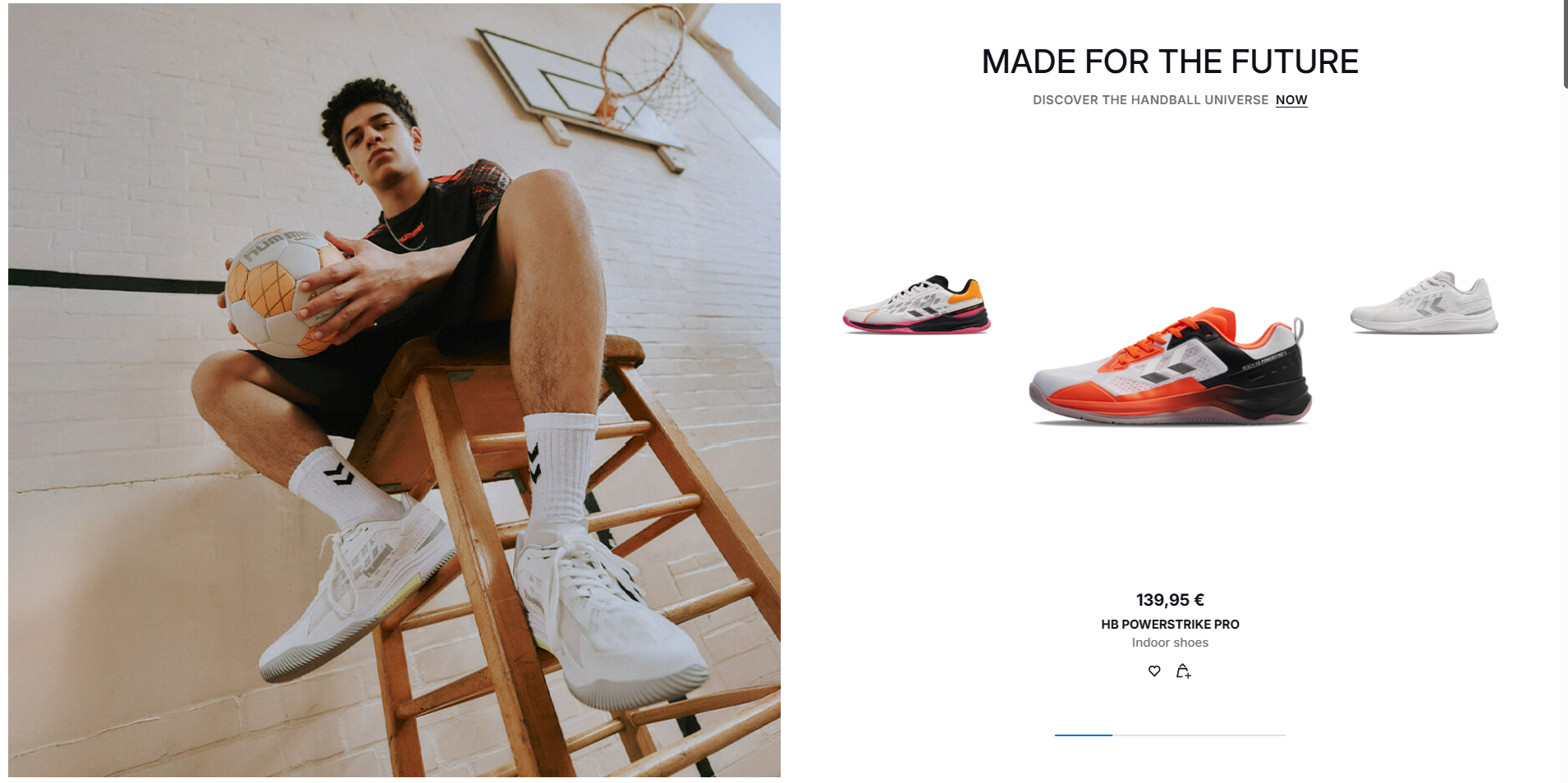
Love the stripes. Love the history. Hummel’s been around since 1947. They’ve dressed Real Madrid, Denmark’s national team, and a dozen handball legends.
But their e-commerce platform? A mess.
I tried ordering a custom team kit through their official site. The configurator crashed twice. The sizing chart was in Danish. And when I finally submitted, it said “delivery in 8–12 weeks” — with no option for rush production.
If you’re a club manager with a tournament in three weeks, that’s not helpful.
And here’s the kicker: Hummel outsources production. So does Castore. So does Ellesse.
Which means the real power isn’t in the brand name.
It’s in the manufacturer.
The Hidden Supply Chain Behind Every European Sportswear Brand

You want to know why some brands deliver fast and others don’t?
It’s not about budget. It’s about supply chain control.
I’ve seen startups with $10K budgets outperform million-dollar brands because they partnered with the right manufacturer — one that actually communicates, delivers on time, and fixes mistakes without a fight.
At Fexwear, we don’t just make clothes. We build supply chains.
We work with a network of trusted fabric suppliers — cotton, spandex, recycled polyester, Tencel, you name it. We partner with factories that have automatic sewing lines, sublimation tech, and quality control teams that inspect every single seam.
And we do it at scale: up to 7,000 garments per week.
But here’s what most brands won’t admit: you don’t need to be big to get this level of service.
The Myth of the “Minimum Order”
Most manufacturers say “MOQ 500 units.” Sounds standard, right?
But that’s a trap for small teams, startups, and indie brands.
We’ve worked with a cycling club in Belgium that needed 32 custom jerseys. Another client — a yoga studio in Manchester — wanted 15 leggings with their logo.
Both got full custom service. No compromise on quality. No extra fees.
Because at Fexwear, we offer low MOQs starting at just 10 pieces. You can test a design, launch a small run, and scale when it sells — without betting your whole budget on one risky order.
Check out our best sportswear manufacturer with no MOQ customizable options — it’s built for people who don’t want to play the “bulk or bust” game.
The Real Cost of “Cheap” Sportswear
Let’s talk about Pirma.
They’re everywhere. Budget football kits, goalkeeper gloves, training gear. You see them on amateur teams across Europe.
Are they cheap? Yes.
Are they durable? Not always.
I had a client in Portugal — a youth academy — order 60 Pirma kits. Looked fine. Cost half of Castore. But after five washes? The prints cracked. The seams split. One kid lost a sleeve during a match.
They ended up spending more replacing them than if they’d gone with a higher-quality manufacturer from the start.
That’s the hidden cost of “cheap.”
And it’s not just Pirma. It’s any brand that prioritizes price over performance.
Why Most Custom Sportswear Fails (And How to Avoid It)
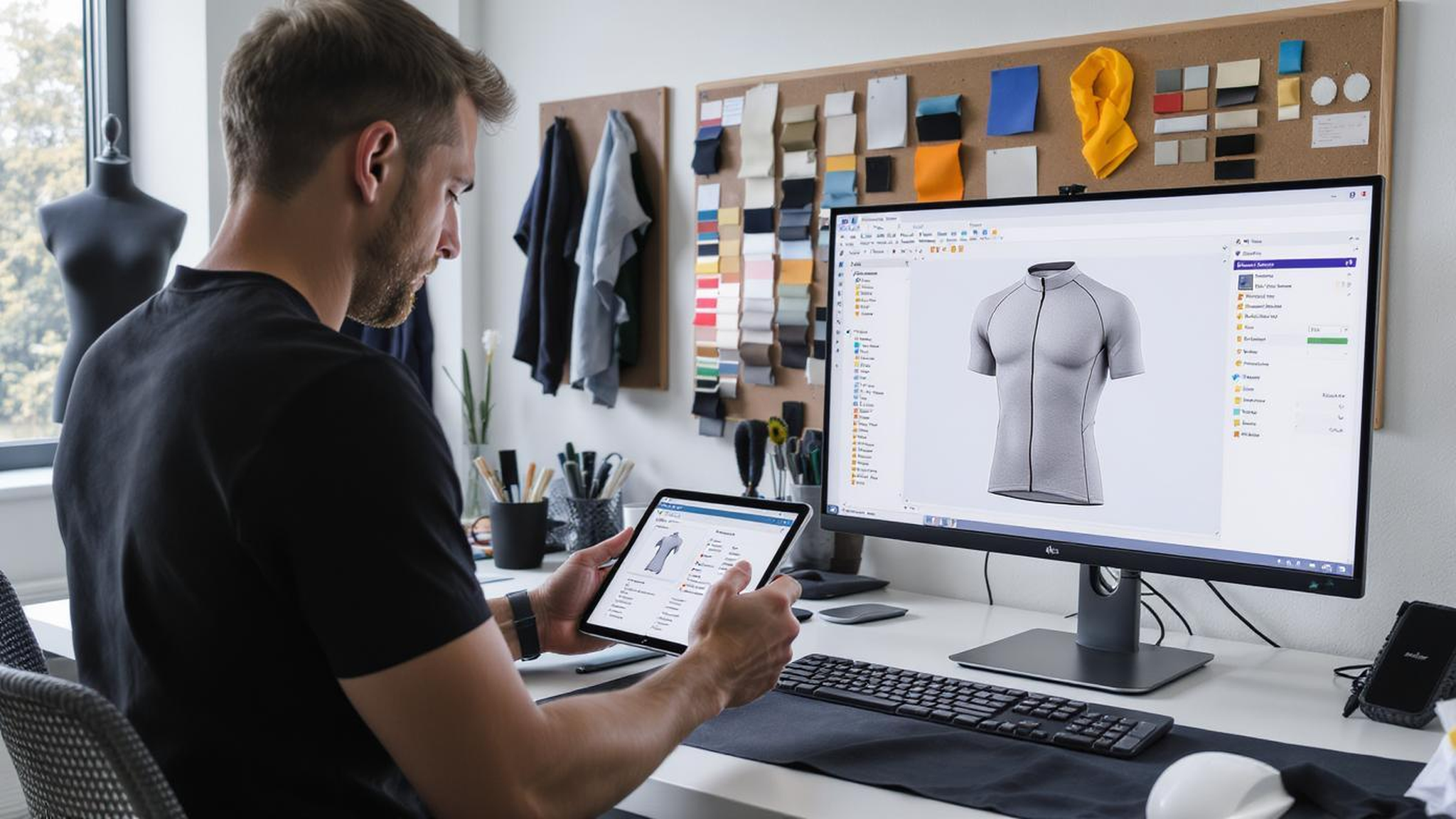
You’ve got an idea.
Maybe it’s a team jersey. Maybe it’s a fitness brand. Maybe it’s a fan collection for your local club.
You go to a manufacturer. You send a sketch. You wait.
Then you get a sample.
And it’s… wrong.
Wrong color. Wrong fit. Wrong fabric.
And now you’re two months behind, $3,000 lighter, and stuck with 200 shirts no one wants to wear.
Sound familiar?
The Design Phase Is Where 80% of Projects Die
Most manufacturers treat design as an afterthought.
“You send the art, we print it.”
That’s not design. That’s printing.
Real design means asking:
- What’s the activity? (Running? Cycling? Gym?)
- Who’s wearing it? (Men? Women? Kids?)
- What’s the climate? (Hot? Cold? Rainy?)
- What’s the fabric going to do?
At Fexwear, we don’t just take your file. We build your tech pack — a full blueprint of the garment, down to stitch type and seam allowance.
And guess what? We do it for free.
No charge for design. No hidden fees. Just real collaboration.
Because if the design’s weak, the product fails — no matter how good the marketing is.
See how we turn ideas into real sportswear — no experience needed.
Printing Methods Matter More Than You Think
Let’s talk about screen printing vs. sublimation.
Screen printing? Cheap. Great for simple logos. But if you want full-coverage designs, gradients, or photo prints? It falls apart.
Sublimation? Embeds the ink into the fabric. No cracking. No peeling. Perfect for complex patterns.
But — and this is a big but — it only works on 100% polyester.
I had a client who wanted sublimation on cotton. Didn’t work. Had to re-order. Lost three weeks.
That’s why you need a manufacturer who educates you — not just executes.
We break down the pros and cons of screen printing, DTG, sublimation, and embroidery so you make the right call.
The Truth About Sportswear Manufacturing in Europe (It’s Not What You Think)
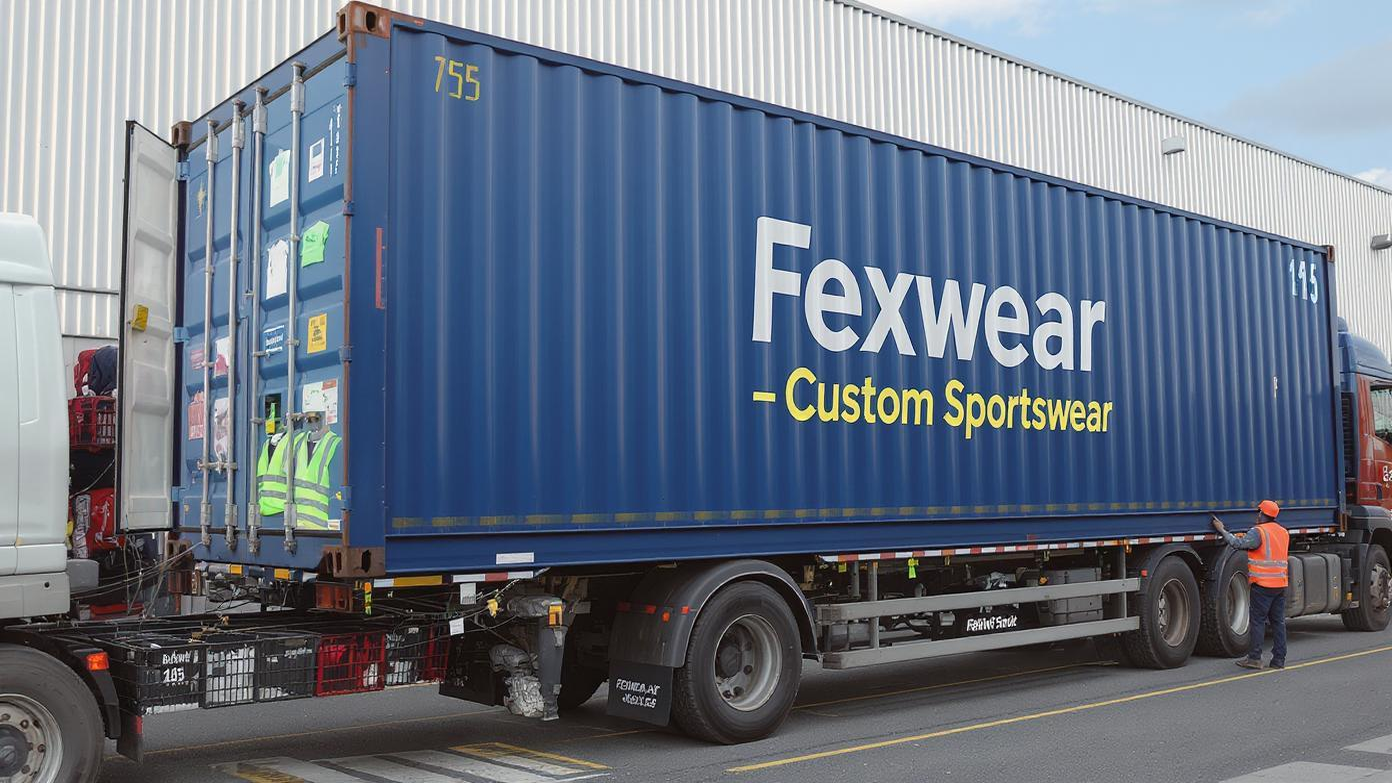
Here’s a secret: most “European-made” sportswear isn’t made in Europe.
I know. Feels like a lie, right?
But look at the labels. “Designed in London. Made in Vietnam.”
“Created in Milan. Manufactured in China.”
Even brands that claim “local production” often outsource the heavy lifting.
Why? Because Europe doesn’t have the scale. Or the cost efficiency. Or the 24/7 production capacity.
So what’s the alternative?
Work with a manufacturer that bridges the gap — one that combines European design standards with reliable offshore production.
That’s what we do at Fexwear.
We’re based in Europe. We serve European clients. We understand sizing, trends, and regulations.
But we partner with high-end factories that can deliver 7,000+ garments per week, with rush production in 7–10 days, and global shipping to Amazon FBA warehouses.
And we do it without sacrificing quality.
Because let’s be honest: your customers don’t care where it’s made. They care that it fits, performs, and lasts.
How to Build a Sportswear Brand That Actually Works
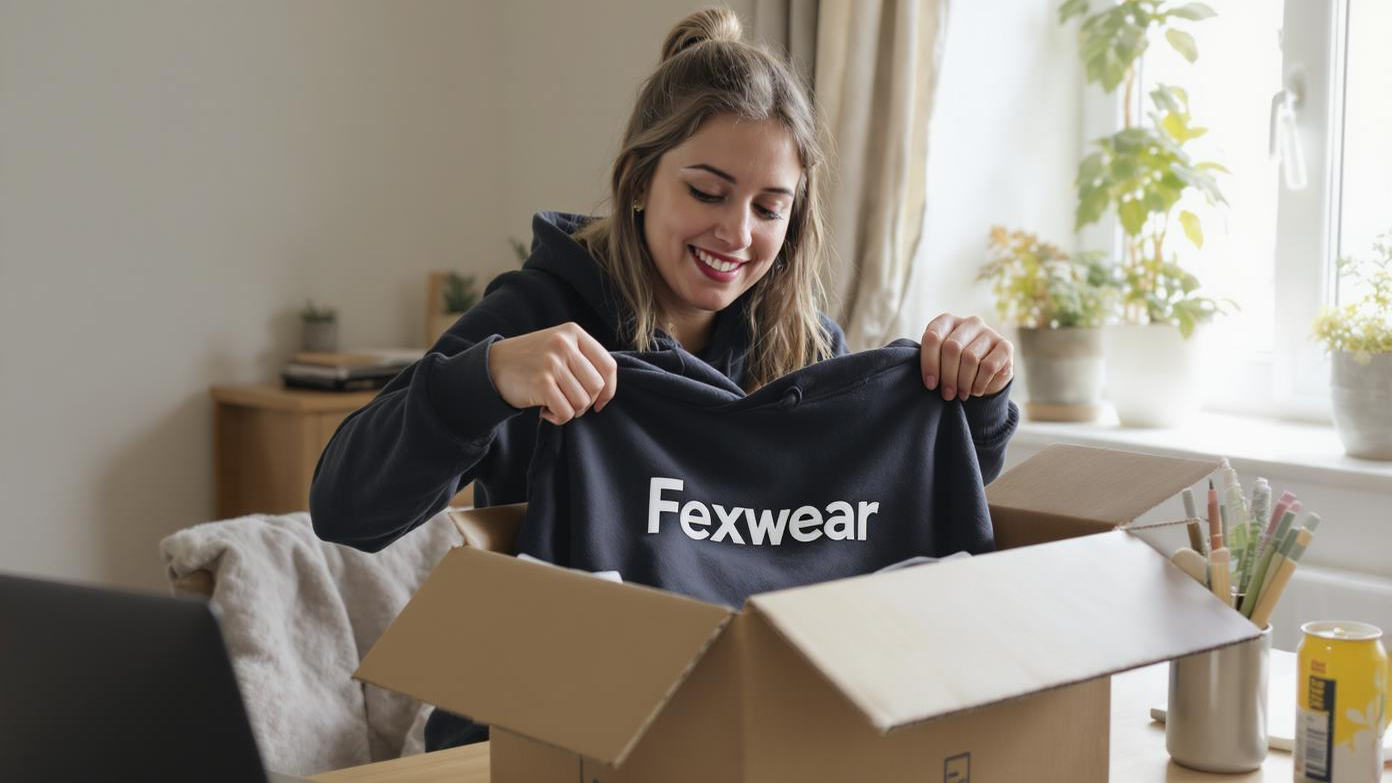
You don’t need millions to start a sportswear brand.
You need three things:
- A real need (not just a cool logo)
- A reliable manufacturer
- The guts to start small and scale smart
I’ve seen Shopify sellers go from 10 custom tees to 10,000 units in six months — not because they had a big ad budget, but because they partnered with a manufacturer who let them test, iterate, and grow.
At Fexwear, we run a small seller support program that gives startups access to:
- Free design
- Low MOQs
- Fast shipping
- Private label packaging
- NDA-protected designs
No gatekeeping. No “you’re too small.”
Because the next big brand isn’t coming from a corporate boardroom.
It’s coming from a garage, a gym, or a local football pitch.
And if you’re reading this, it might be yours.
FAQs
Q: Do you actually make the clothes, or just outsource?
A: We run our own factory and partner with a network of vetted manufacturers. You get the quality of direct production with the flexibility of scale.
Q: Can I get custom sportswear in under two weeks?
A: Yes. Rush orders take 7–10 days from design to delivery. We’ve done it for tournaments, launches, and last-minute events.
Q: What’s the lowest MOQ?
A: 10 pieces. No pressure to order bulk if you’re testing a design.
Q: Do you work with startups?
A: Most of our clients are startups, small teams, or indie brands. We’re built for you.
Q: Is sublimation better than screen printing?
A: For full-coverage, complex designs — yes. For simple logos on cotton — screen printing is cheaper and effective.
Q: Can you help with branding and labels?
A: Absolutely. We do custom tags, packaging, and private label development — even if you don’t have a brand yet.
Q: What fabrics are best for moisture-wicking?
A: Polyester-spandex blends, Tencel, and recycled performance fibers. Check our fabric recommendations guide for specifics.
Q: Do you ship to Amazon FBA?
A: Yes. We’ve shipped to FBA warehouses in the US, UK, Germany, and Canada — with proper labeling and documentation.
Call to Discussion
Look, I know you didn’t come here for another polished brand story or a sales pitch wrapped in inspirational quotes.
You’re probably sitting there with a sketch on a napkin, a half-finished Shopify store, or a team that needs jerseys by next weekend. Maybe you’ve been burned before — wrong fabric, missed deadline, a manufacturer who ghosted you after you paid.
So tell me: what’s actually holding you back from launching your line, equipping your team, or testing that idea you keep coming back to?
Is it cost? Trust? Not knowing where to start?
Because I’ll be honest — the sportswear game isn’t about big budgets or connections. It’s about finding someone who’ll answer the phone at midnight, fix a print mistake without a fight, and treat your small order like it matters.
And if you’ve got a story — good, bad, or ugly — about what it’s really like building something from scratch, I want to hear it.
Agree, disagree, or got a wild story? Let’s hear it.
We also have the sportswear brands and manufacturers in the UK, USA, Australia and Germany:
List Of Best Sportswear Brands and Manufacturers In The UK
List Of Best Sportswear Brands and Manufacturers In The USA
List Of Best Sportswear Brands and Manufacturers In Germany
List Of Best Sportswear Brands and Manufacturers In Russia
List Of Best Sportswear Brands and Manufacturers In Canada
List of Best Sportswear Brands and Manufacturers in Spain
List of Best Sportswear Brands and Manufacturers in Korea
List of Best Sportswear Brands and Manufacturers in China

